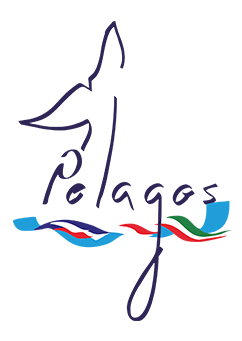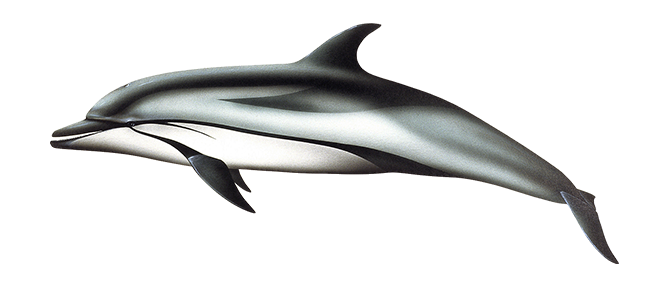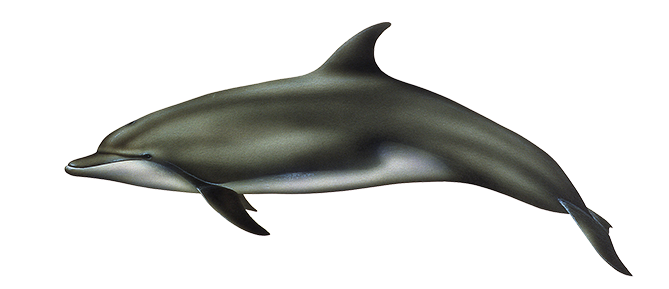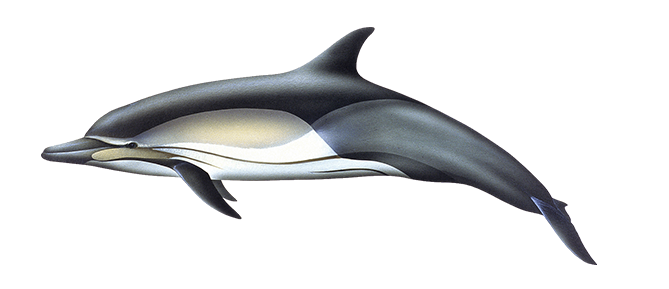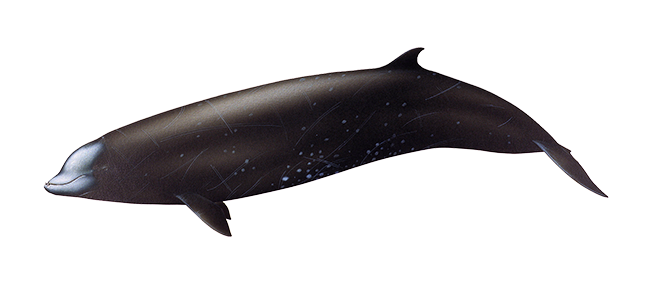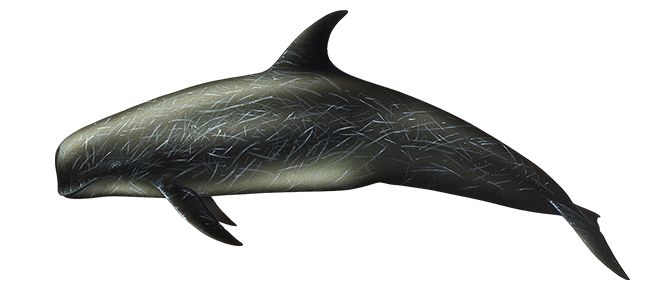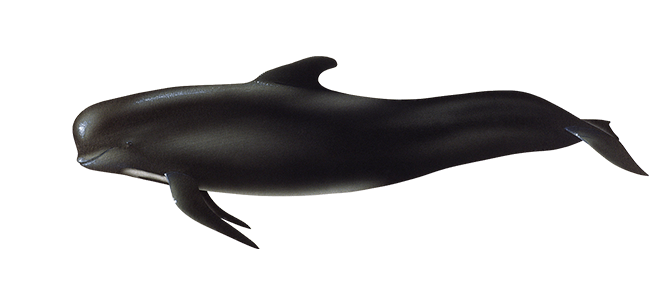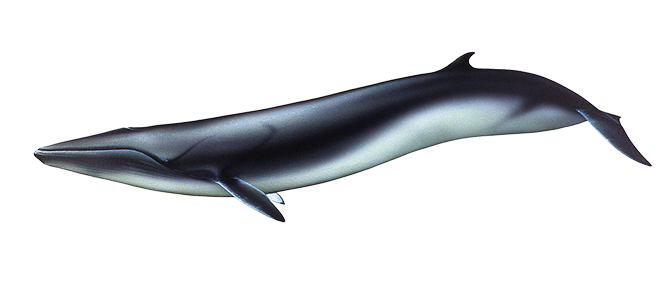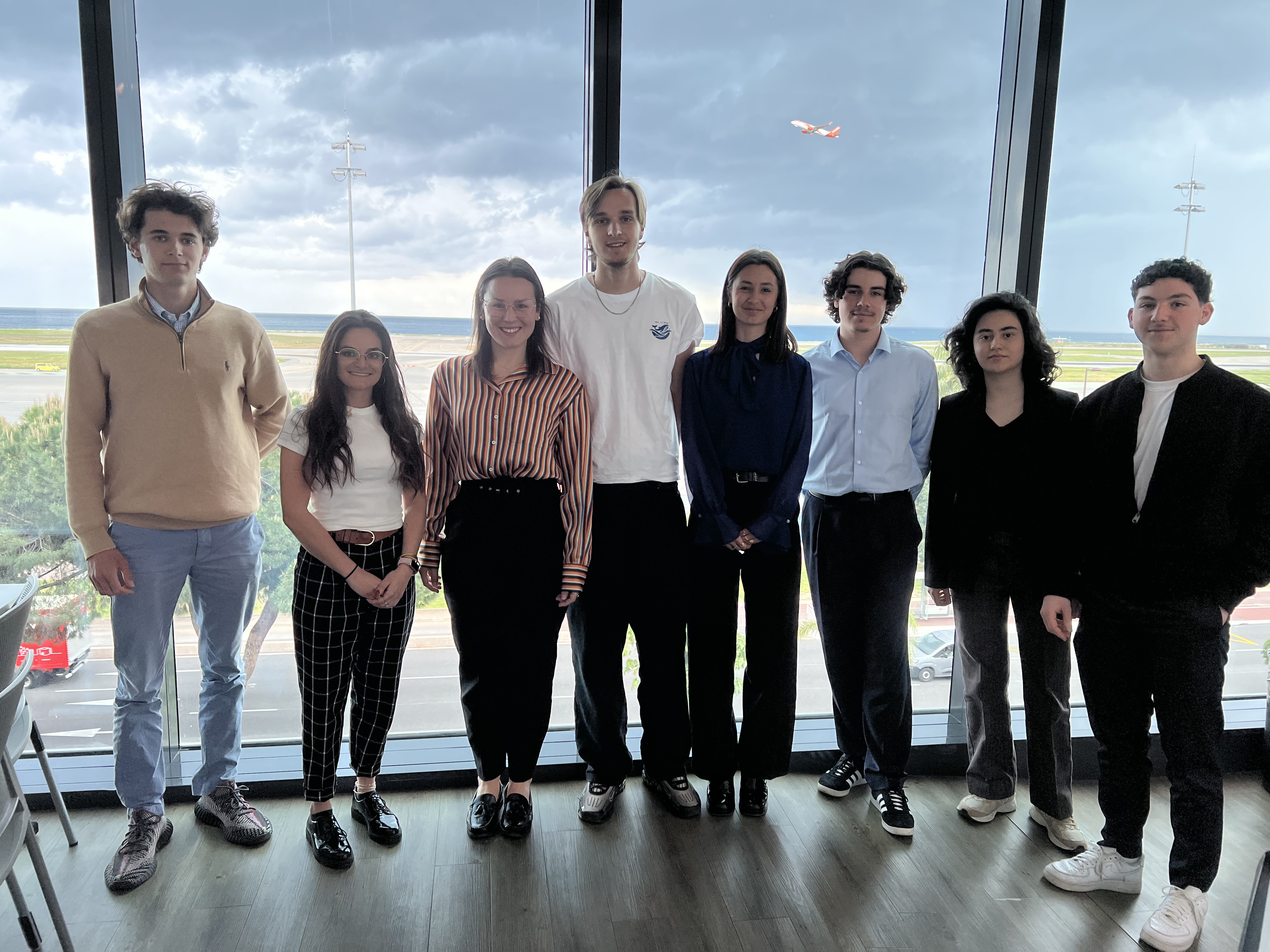PELAGOS SANCTUARY
Three Countries, one goal
To ensure a favourable conservation status of marine mammals by protecting them
and their habitats from direct or indirect negative impacts of human activities
ABOUT US
A cross-border Sanctuary for the saveguard of marine biodiversity
On the 25th of November 1999, the Pelagos Agreement was signed in Rome by France, Italy and the Principality of Monaco.
Having come into effect on February 21th 2002, the main role of the Pelagos Agreement is to promote harmonised actions and management measures for the protection of cetaceans and their habitats against all causes of human-induced disturbance and mortality (e.g., pollution, noise, accidental capture, injury, etc).
SPECIES
8 species of whales and dolphins live in the Sanctuary on a regular basis
and the monk seal can be spotted occasionally
The marine mammals of the Sanctuary have their particular lifestyle and habits and socially interact in different ways.
GET INVOLVED
The Pelagos Sanctuary belongs to everyone.
Get involved to protect marine mammals and their habitat
GET INVOLVED
The Pelagos Sanctuary belongs to everyone.
Get involved to protect marine mammals and their habitat
NEWS
KEEP IN TOUCH
Subscribe to our newsletter and receive lastest news about Pelagos Sanctuary
Photos credits :
©S. Brouder – Tethys
©Cima Research Foundation
©L. Gordigiani – Tethys
©Juliette Dedet – MIRACETI
